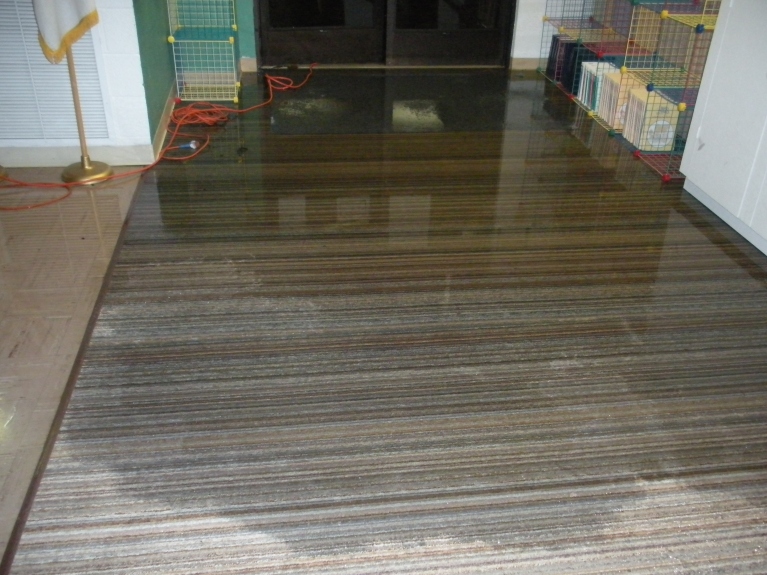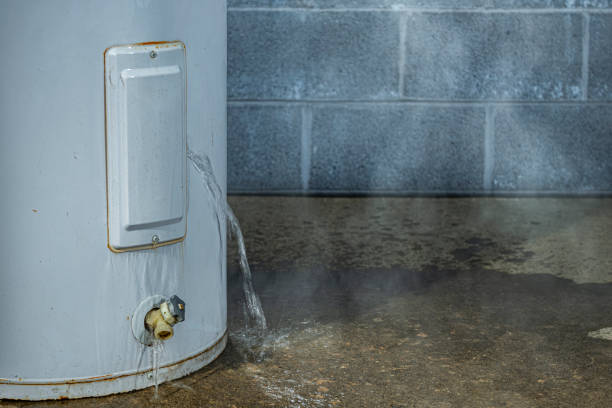Key Steps for House Owners Managing Faulty Water Heaters
Key Steps for House Owners Managing Faulty Water Heaters
Blog Article
Just how do you feel when it comes to Maintaining & Draining a Water Heater?

Whether it is located in the basement or a different room, broken water heaters can cause stress and anxiety. A standard device holds 80 gallons, so an over night leak will result in a flood. This results in significant building damage with soaked walls and floors. Having no warm water supply is also frustrating. If you are managing these concerns, take note of the following:
Call the Plumber
After doing the initial 2 safety and security steps, you should call your plumber to come right now to fix a ruptured hot water heater. Remember that your system will certainly not just conk out drastically overnight. There are generally indications that your aging hot water heater has sediment accumulation in the interior. Take note of the following:
Rather, as quickly as you find these indicators, have a professional come to examine your water heating system storage tank. Generally, water heaters have a life-span of concerning 8 to 12 years.
Cut Off the Cold Water Supply
Cut off the tanks tap water supply from the source. This goes from your major water line into the tank. When your container is in good condition, the cold water quits filling out when the storage tank is complete. Because it is dripping, the water will continue to move. Shut the valve found on top of the heating unit. Revolve this clockwise to close it off. If you can not find it or reach it, you have to shut off that main water line outside your building.
Shut Off Source Of Power
Prior to calling the plumber, shut off a gas water heating system by turning the temperature dial. This will certainly prevent electrocution, specifically if there is a leakage as water is a conductor. Normally, the home heating aspect shuts off when the water strikes a particular temperature.
Tidy up Residential or commercial property
After calling the plumber, paper damages by taking notes and pictures so you can claim your homeowner's insurance policy. From there, begin the instant clean-up. Obtain any crucial possessions to avoid further soaking. After that, remove any kind of standing water to stop mold and mildew as well as mildew growth. Utilize that to drain the water if you have a completely submersible water pump. Otherwise, the traditional pail method will certainly also function. Attempt to wipe out everything, consisting of baseboards and wall surfaces. Keep them running to keep air flowing if you have an electrical follower and also dehumidifier. This will certainly help deter mold and mildew growth.
Bear in mind, if you discover any concerns with your hot water heater, call the pros today. You can not take this issue lightly because a faulty thermostat can elevate water temperature to an alarmingly high level, bring about accidental burns. A damaged heating unit stress relief valve can also cause an explosion. For finest results, get a yearly check so your unit gets checked, cleaned, drained pipes, as well as re-filled, guaranteeing ideal performance.
After doing the first two safety and security steps, you should call your plumber to come right away to deal with a fractured water heating unit. Rather, as soon as you detect these indications, have actually a specialist come to check your water heating system container. Prior to calling the plumber, closed off a gas water heating system by transforming the temperature dial. If you have a completely submersible water pump, make use of that to drain pipes the water. Remember, if you see any type of issues with your water heating system, call the pros right away.
8 REASONS YOUR HOT WATER HEATER IS NOT WORKING & HOW TO FIX
Water Heater Problems & Solutions
Loose or Damaged In-Line Valve
Unlike a water leak near the bottom of your water tank, a water leak on top of your system can be easily fixed. A common cause of water tank leaks includes a loose in-line valve. This is a handle that is located at the top of the water tank that is engineered to activate or deactivate the flow of water. To fix this problem, you will need to secure the nut that holds the ball or in-line valve in its location. If the leak becomes more severe once it is tightened, you will be required to travel to your local hardware store to purchase a new in-line valve for your water heater.
Damaged Pressure Relief Valve
Most types of water heaters are equipped with a pressure relief valve that is engineered to discharge pressure from the water tank when it becomes too high. If this valve on top of your water heater begins to leak, we recommend purchasing a new one online or from your local store. The process of removing and replacing pressure relief valves is not complicated.
No Warm Water
If you have an electric water heater in your home, the most typical cause of a lack of warm water is a broken heating element. Your water heater is equipped with two heating elements that are tasked with heating incoming water in the water tank. Once a heating element begins to malfunction, you will have little to no hot water to use for showering, cleaning, and laundry.
Low Supply of Hot Water
Are you continuously running out of warm water? This issue may be a byproduct of a cracked dip tube. This tube is engineered to push cold water to the base of your water tank to be heated. Once a crack or hole begins to form in the dip tube, the incoming supply of cold water may be released near the top or middle of your tank. As a result, the cold water on top of the tank will be sent to the faucets and showers in your house. This hot water heater problem can only be fixed by replacing the dip tube on your system. Since the process of installing a new dip tube is complex, we recommend calling a certified technician for help.
A low supply of warm water may also be a signal of excess sediment buildup in your water tank. As your water heater reaches the middle of its life cycle, minerals in water including magnesium and calcium will begin to collect at the base of the water tank. As the minerals continue to grow, there will be less room in the water tank to store hot water. To resolve this problem, flush your water heater to remove the excess minerals.
Water is Too Warm or Cold
If the water in your shower feels uncomfortable hot or cold, you can adjust the temperature of your water by changing the settings on your thermostat. Setting the temperature to 120 degrees Fahrenheit may help you save money on your utility bills. This is an excellent temperature to use if you’re worried about scalding or skin irritation. Does this temperature feel too cold? You may also adjust the thermostat to 140 degrees Fahrenheit to make your showers more pleasant. If your hot water heater is not working when you change the temperature, this is an indicator of a broken thermostat. Immediately find a certified plumbing or heating contractor in your area to repair or replace your thermostat.
Low Water Pressure
Low water pressure is not always caused by a malfunctioning water heater. If you live in an older home with smaller water pipes, the flow of water will be restricted prior to reaching our kitchen or bathroom skins. The only way to eliminate this hot water heater problem is to connect new ¾-inch water lines to your system. Another type of problem that may negatively impact your water pressure includes calcium deposits in water pipes.
As magnesium and calcium begin to form in your pipes, the diameter of your water lines will become smaller. As a result, the warm water from your water heater will not be able to travel in an efficient manner to your sinks or appliances. Since the process of replacing water pipes includes removing drywall, an average homeowner that does not have a plumbing license will not be able to fix this hot water heater problem.
https://www.wmhendersoninc.com/blog/8-reasons-your-water-heater-is-not-working-how-to-fix/

I am just very fascinated with Maintaining & Draining a Water Heater and I really hope you enjoyed reading the blog post. For those who enjoyed reading our article plz make sure you remember to share it. Many thanks for taking the time to read it.
Tap problems? Reach. Report this page